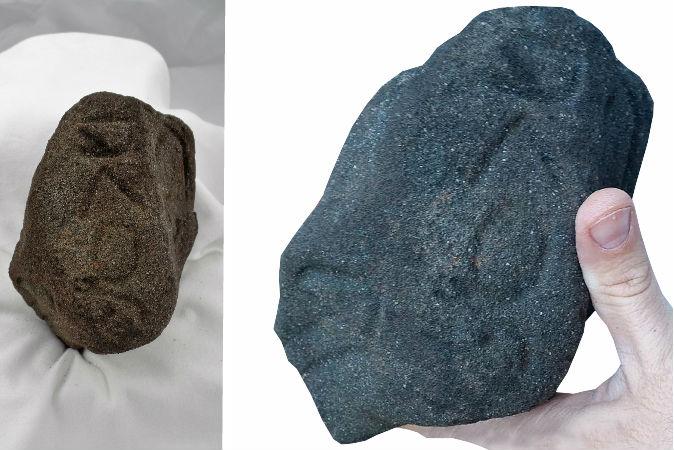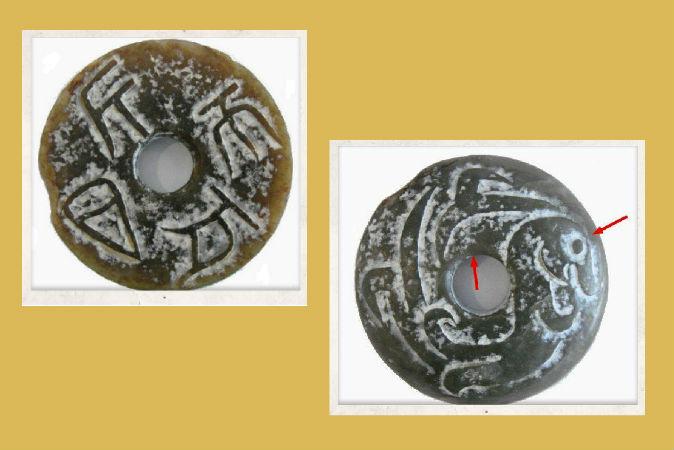An artifact recovered from a hilltop site overlooking the Delaware River in Eastern Pennsylvania, along with other artifacts recovered during a 10-year investigation reveals there is much to be learned about the history of the region.
The white kaolin clay vessel serendipitously appeared one day in 2013 outside the entrance of a ground hog hole, according to the property owner and researcher, who wishes to remain anonymous. She has a professional background in art restoration, pottery, and pigments, and the type of clay and unique design features caught her attention as something atypical for the region.
Different From Native American Earthenware
She explained: “Kaolin clay is quartz-based and void of impurities, while Native American earthenware pottery used natural muds and pigments from their geographic vicinity. ... Pottery of the Delaware Indians produced a darker ceramic that was filled with natural impurities, such as grass and stones.” Also, the vessel’s symmetrical shape may have been created in a mold, which differs from the coiling technique common to North American pottery.
Another significant differentiation between kaolin and earthenware pottery is that kaolin requires a much higher and consistent firing temperature (2400 degrees Fahrenheit) produced by a enclosed kiln, compared to the lower temperatures produced in the open pit wood firing method traditionally used by Native Americans.



